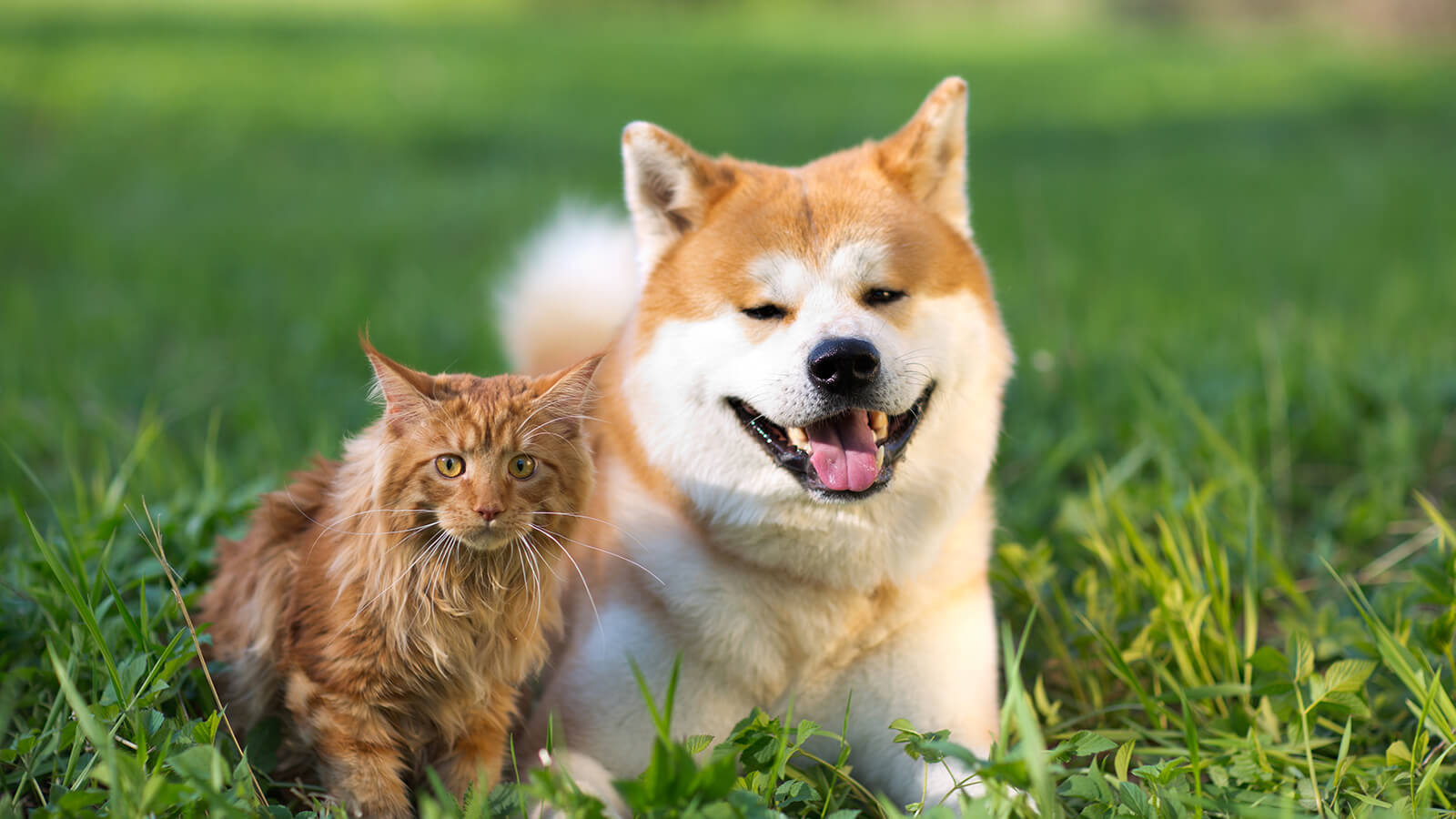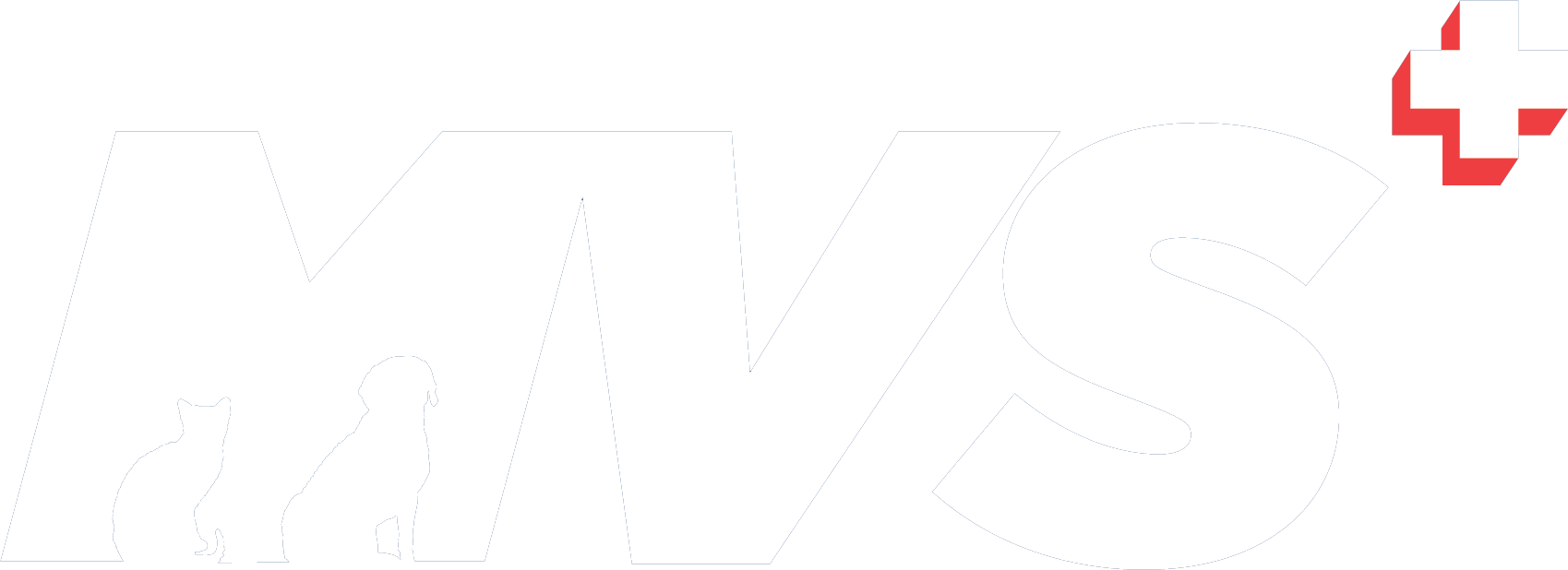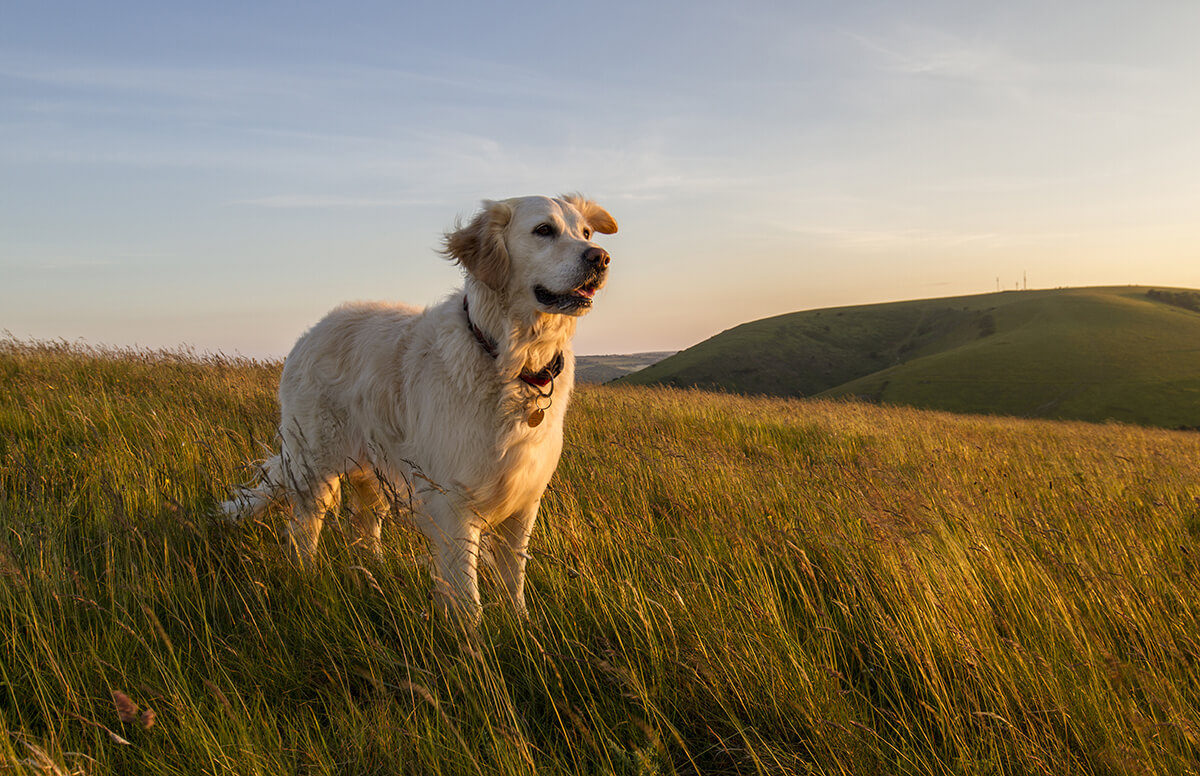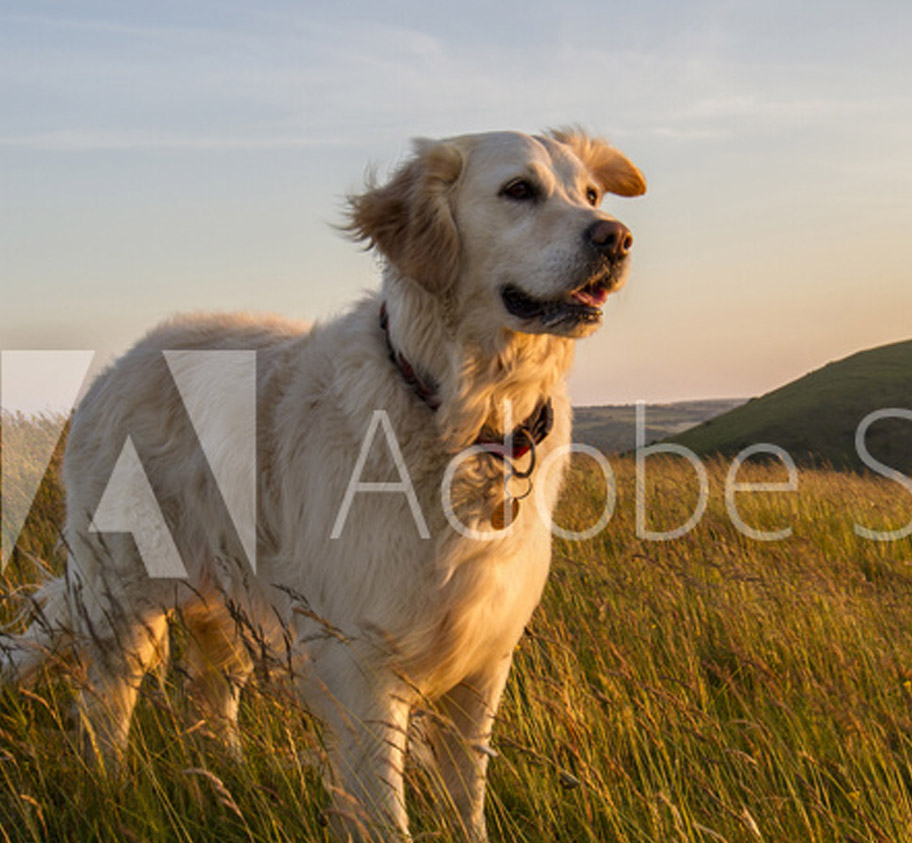
 Menu
Menu
Antebrachial Fractures (Radial and Ulnar fractures)

What is Antebrachial Fractures (Radial and Ulnar fractures)?
The antebrachium is the term used for the segment of the forelimb between the elbow and wrist joint. The bones that make up the antebrachium are the radius and ulna bones. It is not uncommon for dogs and cats to fracture one or both of these long bones. Fracture is generally a result of blunt force trauma e.g. road traffic accident, although some fractures can occur in young animals and small breeds with a seemingly atraumatic presentation.
How do I know if my pet has a radial or ulna fracture?
As the radius and ulna form the antebrachium and connect the elbow and wrist joints, fracture of them leads to abnormalities in weight bearing, pain, and limb swelling. Affected patients usually present with the limb held off the ground or with decreased weight bearing. Swelling of the soft tissue surrounding the fracture and varying degrees of pain also occurs. The limb may also be held at an abnormal angle. If caused by trauma, your pet may have been missing for some time, or have obvious concurrent injury.
How are these fractures diagnosed?
Diagnosis of radial and ulnar fractures are quite straightforward, as there is limited soft tissue covering these bones, and so any obvious displaced fractures in this region can be palpated on physical examination. In more discreet, non-displaced fractures, palpation may simply elicit pain, and swelling of the associated region. Radiography is vital to confirm fracture of these bones, as well as to plan stabilisation and repair of these fractures.
How are radial or ulnar fractures treated?
Treatment of radial and ulnar fractures depend upon:
- The area fractured
- Whether one or both bones are involved
- The fracture configuration (a simple fracture or a fracture involving multiple fragments, etc.)
- The patient type (cat, dog, age, breed etc).
External coaptation (limb casting) may be used in some cases of simple non-displaced fractures, but often surgery is the most suitable.
Surgery may involve internal (surgery to open and repair the fracture with plates and screws, etc) or external fixation (using pins through the skin into the bone and connecting bars on the outside of the bone) and are usually the more stable and successful options for bone healing.
Prognosis for these fractures is generally excellent, provided the fracture is repaired early and there are no complications in the postoperative period. Strict rest is vital to allow for fracture healing. For fractures in young patients, trauma can lead to disruption of the growth plates and consequently altered growth. Regular monitoring of the limb following fracture healing is vital to pre-empt any limb deformities as a result of uneven growth.
Stay in touch
Follow us on social media and keep up to date with all the latest news from the MVS clinic.



